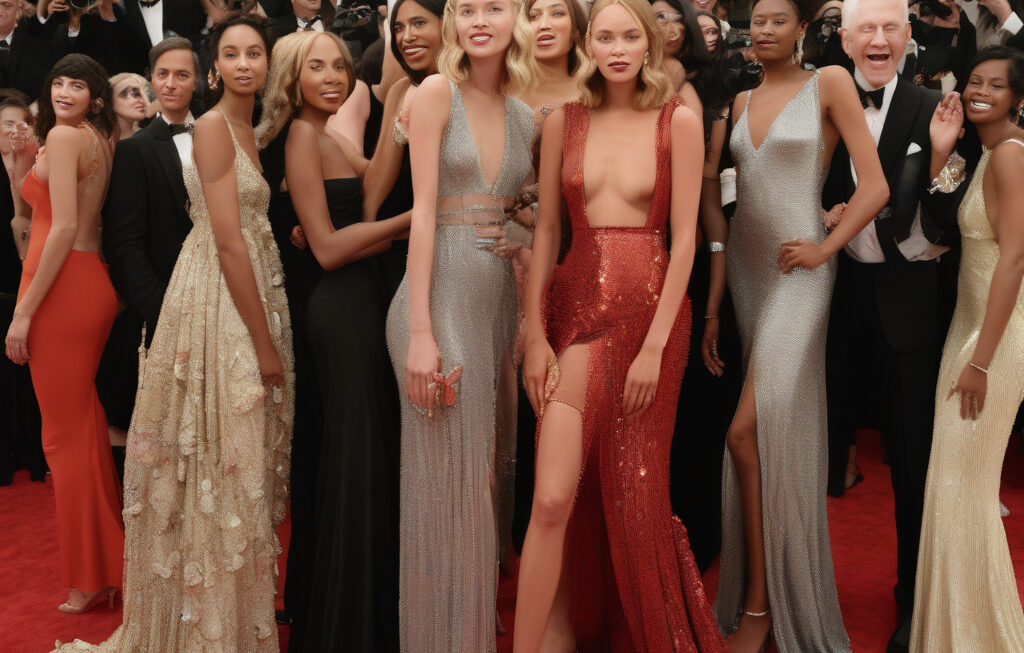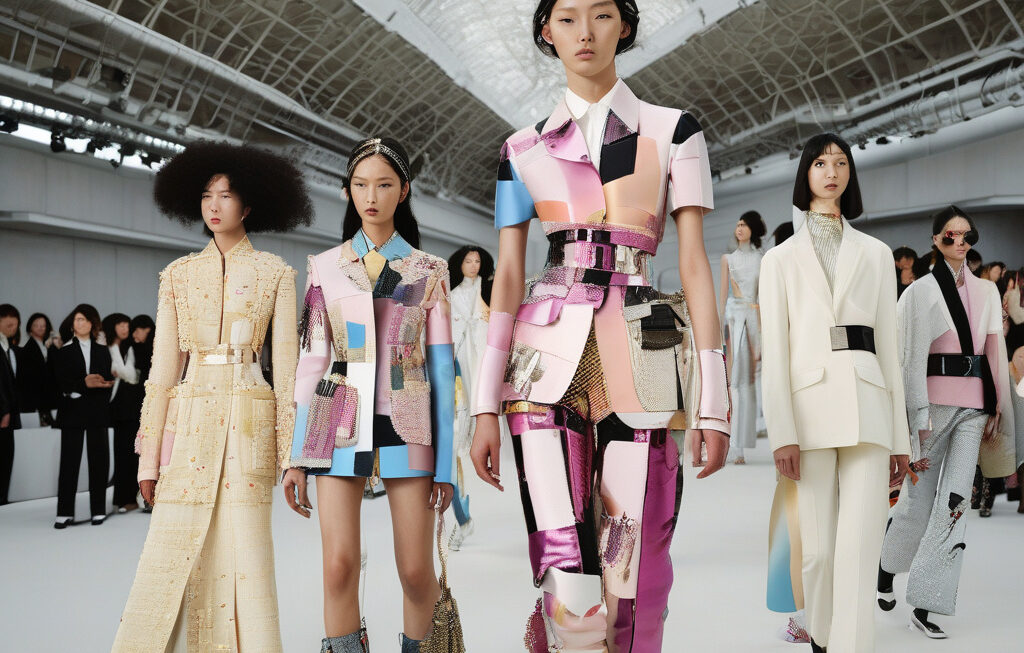Why Luxury Is Broken
The luxury industry is currently facing a crisis of identity and direction, as evidenced by the recent flurry of leadership changes at the top of major brands. This ongoing turbulence within the sector points to deeper issues that have been brewing for some time. From changing consumer preferences to the rise of ethical and sustainable fashion, the traditional notions of luxury are being challenged like never before.
One of the key reasons why luxury is broken is the shifting landscape of consumer behavior. Today’s luxury consumers are not just looking for status symbols; they are seeking experiences, values, and authenticity. The days of conspicuous consumption are waning, giving rise to a more discerning clientele that values quality, craftsmanship, and sustainability. Brands that fail to adapt to these changing preferences risk being left behind in an increasingly competitive market.
Moreover, the rise of technology and social media has democratized the luxury space, making it more accessible to a wider audience. As a result, exclusivity and elitism, which were once the hallmarks of luxury, are no longer as appealing to modern consumers. Instead, they are drawn to brands that are transparent, inclusive, and socially responsible. This shift in consumer mindset has forced luxury companies to rethink their strategies and redefine what luxury means in the 21st century.
Another factor contributing to the broken state of the luxury industry is the lack of innovation and creativity. Many heritage luxury brands have become complacent, relying on their storied pasts rather than pushing the boundaries of design and innovation. This has created a sense of stagnation within the industry, with consumers craving newness and excitement. Brands that fail to innovate risk becoming irrelevant in a fast-paced and ever-changing market.
Furthermore, the current troubles in the luxury industry can also be attributed to the growing demand for sustainability and ethical practices. As consumers become more conscious of the environmental and social impact of their purchases, they are increasingly turning away from brands that prioritize profit over sustainability. Luxury companies that fail to embrace sustainability risk alienating a significant portion of their customer base and losing out to more forward-thinking competitors.
In conclusion, the recent leadership changes at major luxury brands are a clear indication that the industry is at a crossroads. To survive and thrive in the current climate, luxury companies must be willing to adapt to changing consumer preferences, embrace innovation and creativity, and prioritize sustainability and ethical practices. Only by addressing these key issues can the luxury industry hope to regain its former glory and appeal to the next generation of consumers.
luxury, industry, consumer behavior, innovation, sustainability











